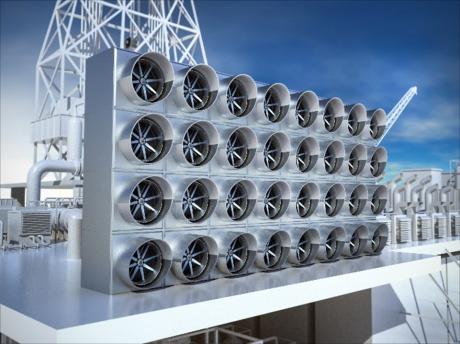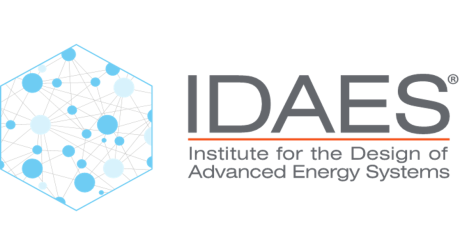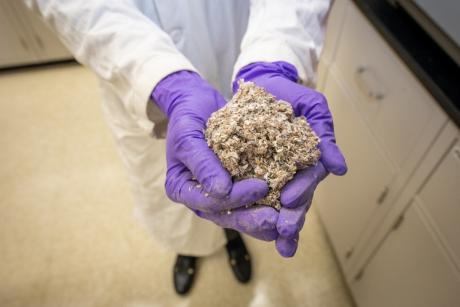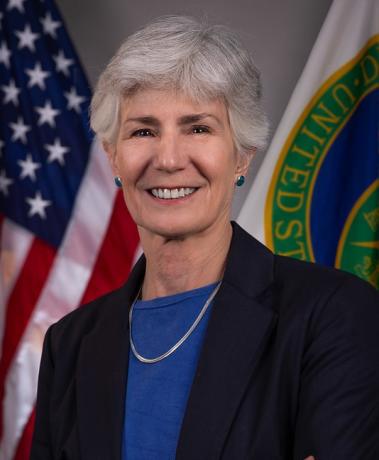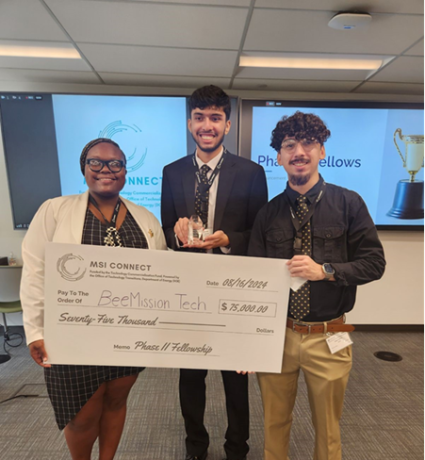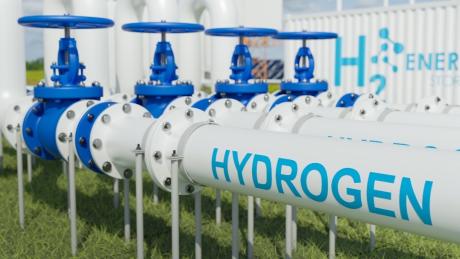A novel direct air capture (DAC) technology is being developed by Research Triangle Institute (RTI) International with funding and management support provided by NETL on behalf of the Office of Fossil Energy and Carbon Management (FECM). Through three collaborative research and development projects, RTI has selected a DAC sorbent material, completed initial testing of their air contactor design, and is now designing an integrated DAC process for field testing.
A team of researchers from NETL and academia have demonstrated the unique dynamic analysis capabilities available through the Lab’s Institute for the Design of Advanced Energy Systems (IDAES) to advance clean energy technologies.
NETL researchers developed an improved method for gasifying post-consumer plastic and biomass waste to generate clean hydrogen-rich syngas while reducing tar as an undesirable byproduct.
NETL has awarded and is currently managing 16 regional direct air capture (DAC) Hub projects throughout the country, putting into use the technologies developed by the Lab and partner organizations to address climate change.
NETL Director Marianne Walck, Ph.D., discussed how the Lab works to tackle climate change and helps to ensure a clean energy future as part of the Wilton E. Scott Institute for Energy Innovation Distinguished Lecture series at Carnegie Mellon University (CMU) in Pittsburgh, Wednesday, Sept. 25.
WASHINGTON, D.C. – The U.S. Department of Energy’s (DOE) Office of Fossil Energy and Carbon Management (FECM) today announced up to $4 million in federal funding to make clean hydrogen a more available and affordable fuel for electricity generation, industrial decarbonization, and transportation. Specifically, the funding opportunity will support research and development (R&D) projects that will expand the versatility and applicability of solid oxide fuel cell technology—a source of efficient, low-cost electricity from hydrogen or natural gas—with a focus on reversible solid oxide fuel cell (R-SOFC) systems. This technology has many energy efficiency and clean energy applications, including hydrogen production, hydrogen energy storage, energy conversion and storage for renewable and surplus energy, microgrids, combined heat and power, and more.
WASHINGTON, D.C. — The U.S. Department of Energy’s (DOE) Office of Fossil Energy and Carbon Management (FECM), in collaboration with DOE’s Office of Energy Efficiency and Renewable Energy (EERE), announced up to $19.5 million in federal funding to advance technologies that will help reduce costs for recovering critical minerals and materials from domestic secondary and unconventional sources. The projects will help restore the United States as a world leader in the extraction, separation, and refining of these materials—needed to produce solar panels, wind turbines, and other energy technologies, as well as components for defense systems and other electronics—while reducing our reliance on foreign supply chains.
With NETL support, a team of interns won a $75,000 phase II award from a Department of Energy (DOE) fellowship program that connects entrepreneurial talent from undergraduate universities with opportunities to commercialize new DOE technologies.
WASHINGTON, D.C. — The U.S. Department of Energy’s (DOE) Office of Fossil Energy and Carbon Management (FECM) today announced up to $15 million in federal funding to make clean hydrogen a more available and affordable fuel for electricity generation, industrial decarbonization, and transportation. Specifically, the funding opportunity will support research and development projects that convert feedstocks—such as coal, biomass, petcoke, household waste, industrial wastes, and waste plastics—into synthesis gas, also known as syngas, to enable the low-cost production of clean hydrogen. The use of low-carbon fuels like clean hydrogen will help achieve the Biden-Harris Administration goal of a net-zero emissions economy by 2050.
NETL has released two innovative cost models designed to calculate the expenses associated with transporting pure hydrogen using new pipelines and natural gas blended with hydrogen through existing natural gas pipelines. These critical tools will help stakeholders involved in the burgeoning hydrogen economy make better-informed decisions that contribute to the nation’s decarbonization goals.




